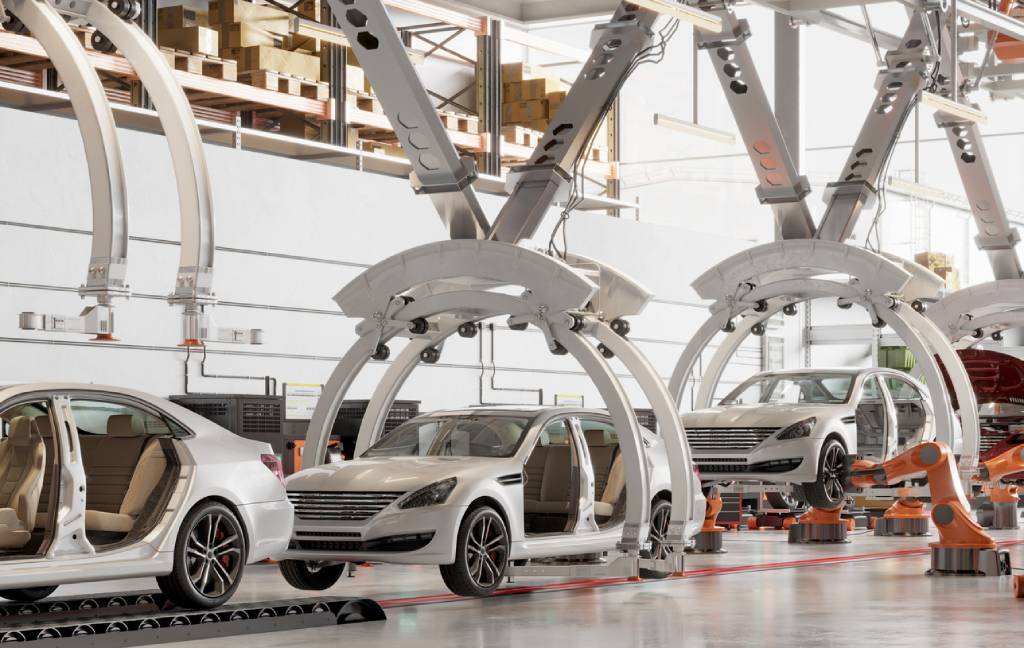
IESE Insight
Cars and culture: keys to cross-border mergers in the auto industry
Emerging markets are increasingly producing and driving demand for new cars. As the balance of power shifts, M&A activity brings international challenges.
Bring together the world's top luxury automaker from Germany and the world's most profitable automaker from the United States, and what do you get? A merger failure. The 1998 Daimler-Chrysler union ended in divorce, with cultural differences leading to the separation of the two entities in 2009.
Then, in 2010, the Chinese automaker Geely buys Volvo of Sweden from Ford. The vast cultural differences are treated as valuable learning opportunities, and the Chinese-Swedish merger is seen as a success.
Looking at these two case studies, and one more, co-authors Rosa Caiazza, Pedro Nueno and Graziella Ferrara have published "Automotive Firms' Strategies: Two Worlds and Two Speeds," in the Journal of Competitiveness Studies.
As cross-border merger activity is expected to continue, the article offers an exploratory look at cultural challenges in the various stages of the merger process. The authors conclude that when companies with vast cultural differences come together, respecting their differences in the pre-combination state and providing a proper platform for integration are both key. This is especially important in the latest wave of mergers, as Asian, particularly Chinese, carmakers look to grow globally by buying up carmakers in the West.
Driving M&A
Since 2009, China has been the world's leading automaker — ahead of the United States, Japan and Germany, which used to dominate the industry. This new world order has many implications for the industry. For one thing, increasing merger and acquisition (M&A) activity is all but given.
See also, "What's Driving China's Auto Industry" and "Chinese Strategies for Global Auto Leadership"
With competitive local labor costs and improving logistics infrastructures, China and other emerging markets are seeing growth in auto production volumes. At the same time, rising household incomes and trade liberalization are lifting demand for cars in these markets. As a result, M&A activity in the shifting global industry is a good place to study the relevance of cultural differences in merger success — or failure.
Three case studies, three continents
The Geely-Volvo merger offers a glimpse of strategic success. China's Zhejiang Geely Holding Group bought Volvo outright in 2010 in order to take advantage of the Swedish carmaker's quality and technology. Importantly, Geely management decided to maintain Volvo's base in Sweden to help preserve Volvo's European heritage and its ties to a loyal customer base. Operations in Europe would help supply the international market, while Geely would also produce luxury cars for China, with the quality and technology learned from Volvo.
With vast cultural differences recognized in the pre-integration phase, human resource management and cross-cultural integration would be key issues. Some separation would be maintained while the car businesses learned from each other — a separation that was made easier by the fact that there was little overlap in the existing product lines of Volvo and its new owner. "It would be of fundamental importance to have a proper platform and a portfolio alignment that would offer a coherent image to the market in the medium-term," the authors write. "Geely would have to avoid the mistakes of other cases, such as Daimler-Chrysler."
As a case study, Daimler-Chrysler offers a cautionary tale to the world. "The new company was not able to implement a successful integration process," the authors summarize. It was a failure of post-merger integration that led to the separation of the two culturally very diverse entities in 2009, they conclude.
Along with "high cultural differences" comes "a high potential for failure," the authors drill home. When cultural integration looks too difficult, not merging may be preferable. That was ultimately the case for General Motors and Fiat, the third case cited. The United States' General Motors (GM) showed strong interest in Italy's Fiat, first buying up 10 percent and establishing an alliance for the purchase of common components. When Daimler Benz also showed strong interest in the struggling Italian brand, GM made an aggressive offer. But considering the difficulty of integrating leadership, communication, coordination and human resource policies, GM then backed out in 2004, paying heavily to renege on the deal.
Of the three cases, "Geely-Volvo demonstrates that cultural differences offer a great chance to learn from each other, which may lead to superior performance," the authors write. And throughout the three cases, there is a common thread: "Under current pressures, cross-border M&A failures and successes in the automotive industry are mainly due to cultural challenges." Accordingly, today's top managers ought to plan pre- and post-merger integration carefully, recognizing the power of cultural differences in cross-border deals.
